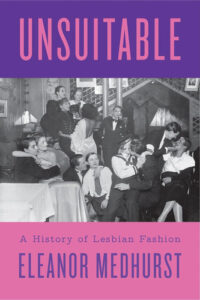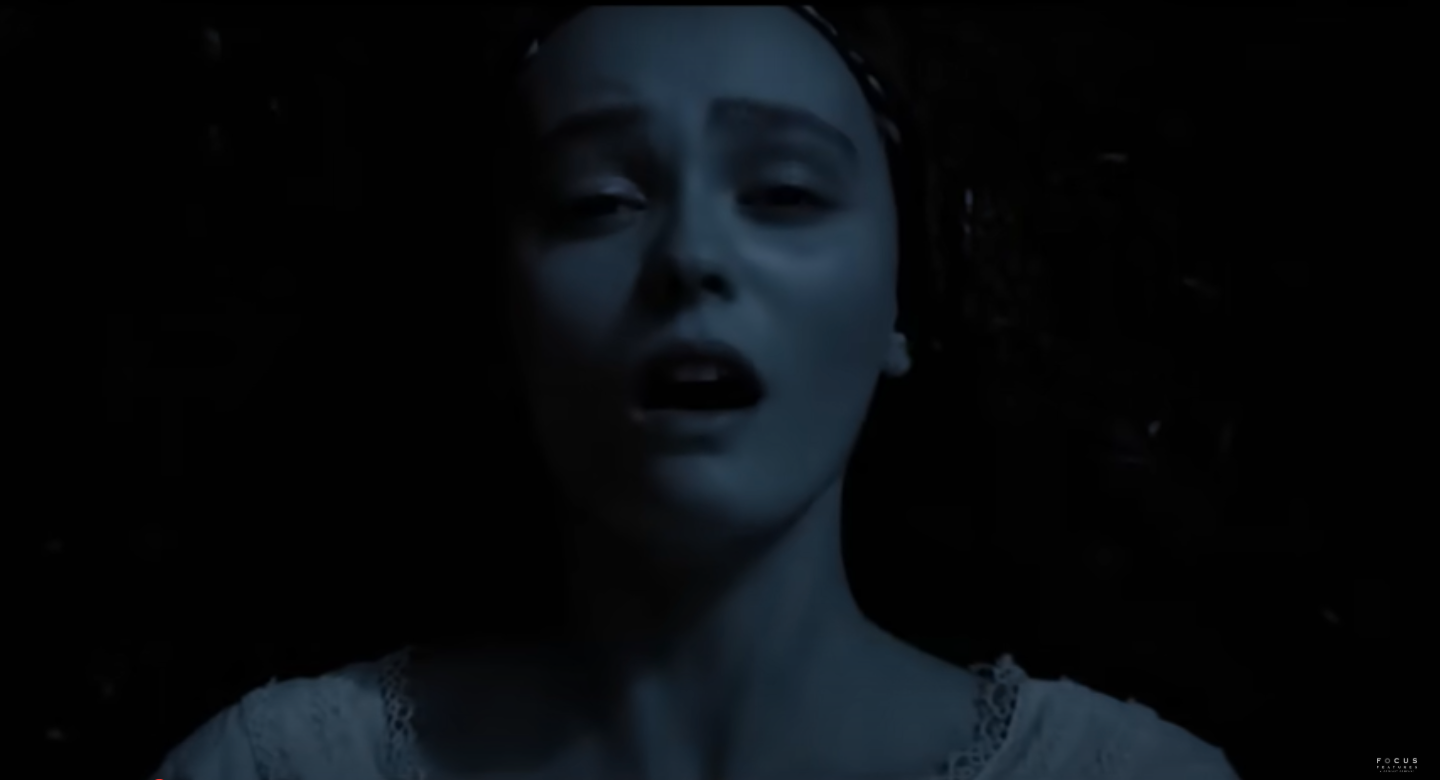Christina, Queen of Sweden was born on a cold December night in 1626. Her father was the renowned warrior King Gustav II Adolph, her mother the beautiful German Princess Maria Eleonora; the couple had been married for six years and did not yet have a living child. Gustav was restless and Maria Eleonora lonely, until Christina’s birth signaled a change—but not an uncomplicated one.
Article continues below
The story goes that though the castle in Stockholm rang loud with shouts of joy at Christina’s birth, they were misplaced, with the revelers having been mistakenly informed that the newborn child was a healthy baby boy. This was how Christina met the world: to joy and laughter, taken-back promises and high expectations, wrapped in gender confusion and debate around her sex. These themes persisted throughout her life and after it. Instead of running from them, Christina pinned them to her shoulders, adorning herself in a self-mythology as grand and sparkling as her royal gowns and rich velvet coats.
This refusal to wed…is one of many reasons why Christina has been taken up as a historical icon of lesbian possibility and gender non-conformity.
Christina’s right to inherit the throne was secured by her father, who did not believe another heir was forthcoming. After his death during the Thirty Years War in 1632, little Christina became King of Sweden, under a regency—she was officially crowned King, her title, but was generally referred to as Queen. She became ruler in her own right when she came of age in 1644, and abdicated in 1654, not long after the end of the Thirty Years War. Numerous reasons were given for Christina’s abdication, but one of the strongest was a constant pressure for her to marry and produce heirs while she sat on Sweden’s throne; this was something that she did not want and would never do. She once said, “I could not bear to be used by a man the way a peasant uses his fields.” A few years later, explaining her decision to abdicate, she said the following:
I am telling you now […] it is impossible for me to marry. I am absolutely certain about it. I do not intend to give you reasons. My character is simply not suited to marriage. I have prayed God fervently that my inclination might change, but I simply cannot marry.
This refusal to wed—though no doubt inspired by her unwillingness to submit to someone else’s power, as a wife—is one of many reasons why Christina has been taken up as a historical icon of lesbian possibility and gender non-conformity. The quote about praying to “God fervently that [her] inclination might change” could have come out of any number of tragic queer stories, especially in the twentieth century. There is also strong evidence that Christina loved women romantically and was attracted to them, one example being her relationship with her lady-in-waiting, Ebba Sparre. She called Ebba “Belle,” as Christina’s biographer writes, “in compliment to her loveliness.” The two women frequently slept in the same bed, and Christina is recorded to have made suggestive comments about their relationship and about Ebba herself. In 1656, after Christina had moved permanently away from Sweden and was a thirty-year-old ex-monarch living in Rome, she wrote what can only be described as a love letter to Ebba:
How happy I would be if I could only see you, Belle, but though I will always love you, I can never see you, and so I will never be happy. I am yours as much as I ever was, no matter where I may be in the world. Can it be that you still remember me? And am I as dear to you as I used to be? Do you still love me more than anyone else in the world? If not, do not undeceive me. Let me believe it is still so. Leave me the comfort of your love, and do not let time or my absence diminish it. Adieu, Belle, adieu. I kiss you a million times.
It is no wonder that Christina’s woman-loving reputation proceeded her, especially since Ebba was not the only woman to whom she made such declarations. For example, when Christina was introduced to the Marquise Elisabeth de Castellane while in Lyon, also in 1656, she proclaimed to the Marquise that if she were a man, she would “fall at your feet, submissive and languishing with love.” Near the end of her life, she took the beautiful young Angelica Quadrelli into her household, along with the woman’s mother and equally beautiful sister, and spent a large portion of her time in their company. On the whole, women were not the people Christina preferred to surround herself with—but certain women, or favorites, held her captivated.
Whether she was a lesbian or not, she certainly wasn’t a typical seventeenth-century woman.
There is evidence that Christina also had romantic, if not sexual, feelings for men throughout her life, most notably her longtime companion Cardinal Azzolino. But Christina’s actions are not the only aspect of her life that has been read as lesbian. Her image is often seen as the most compelling evidence. This image has been constructed, like the bricks that form a palace, into a marvel, her lesbian reputation shaped by forces outside her control.
Novelist Sarah Waters writes about this, noting the “gossip” about Christina during her lifetime, and linking it to depictions of her in the early twentieth century. Waters explores Parisian pamphlets of the 1660s that aimed to undermine Christina’s “intellectual and political standing” by accusing her of lesbianism after her abdication; the forged, passionate letters between Christina and various women published in 1761 in Lettres secrètes de Christine, Reine de Suède, when Christina was long dead and buried; and lesbian journalist and novelist Margaret Goldsmith’s 1933 biography Christina of Sweden, in which Christina was presented, for the first time in a historical account, as “exclusively lesbian.”
Even later, Christina’s image continued to be questioned and altered: in 1965, her tomb was exhumed in order to inspect her skeleton for signs of hermaphroditism, or what we would now call intersex characteristics. The investigation was led by a male professor of anatomy, Carl-Herman Hjortsjö, who concluded that Christina’s skeleton suggested that she had been a “natural woman.” This conclusion only echoes Christina’s own words, when she laughed at her embarrassed guards after exposing herself in a carriage accident in her older years, saying that at least they now knew that she was “neither Male nor Hermaphrodite, as some People in the World have pass’d me for.”
Above all this, though, descriptions of Christina’s attire have shaped her sapphic image. Whether she was a lesbian or not, she certainly wasn’t a typical seventeenth-century woman, and her life has far stronger links to queer possibilities than to any form of heterosexual culture, past or present. And when it came to her clothing, her image was forged by herself. These are choices that she made. Perhaps she would have shunned the term “lesbian,” or perhaps she would have laughed and winked in our direction—either way, when we place her sartorial story into the narrative of this book, we are giving her another space to occupy, another crown to wear. I do not believe that she would protest too much.
__________________________________

This article includes excerpts from Unsuitable: A History of Lesbian Fashion by Eleanor Medhurst and published by C. Hurst & Co. (Publishers) Ltd. in the UK and Oxford University Press in the US © Eleanor Medhurst June 1st 2024. Used by permission. All rights reserved.
























































